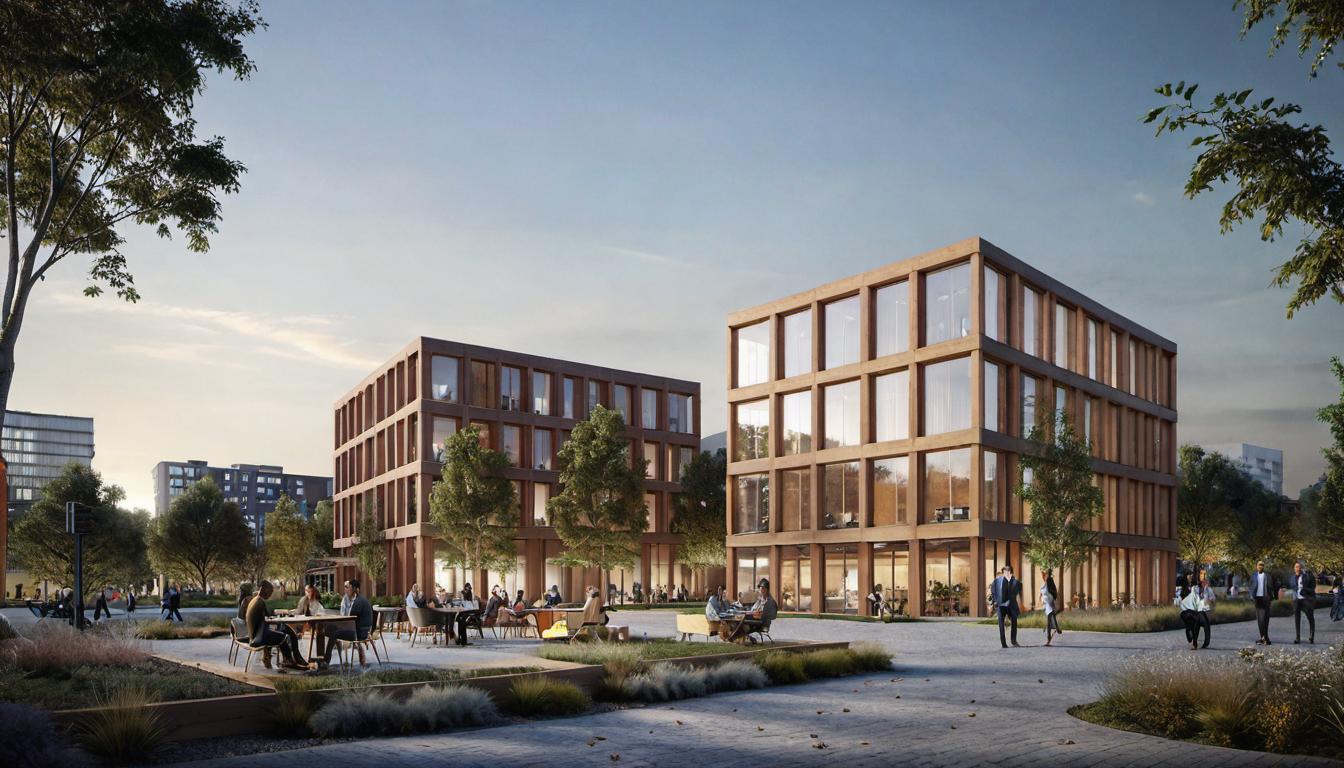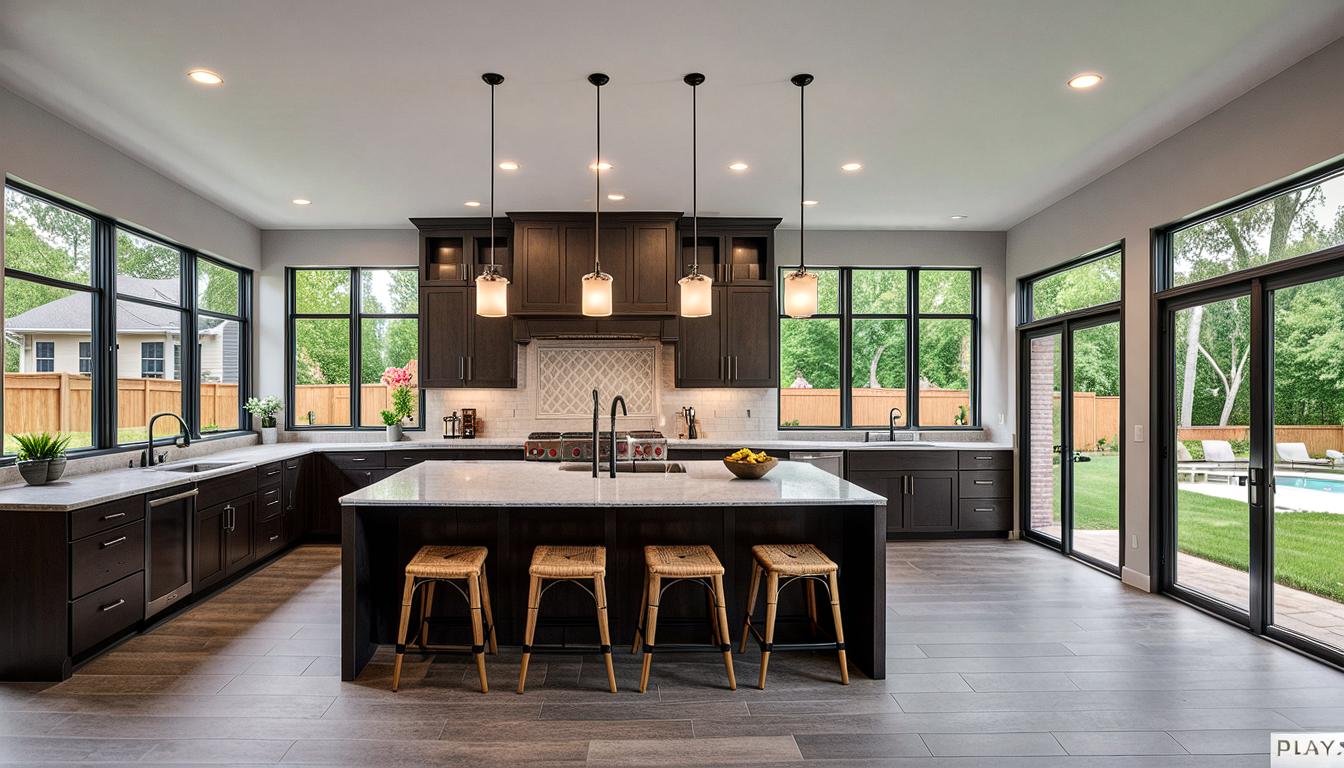Mastering Architectural Presentation: 5 Proven Techniques
For architects, students, and anyone interested in the field, there is no underestimating the significance of effective architectural design presentations. It’s a craft, a vital arrow in your quiver that can be the difference between winning a project or facing rejection. In this blog post, we endeavor to impart expertise on effective ways to present architectural designs, delve into common presentation challenges, and guide you on enhancing relevance in your presentations. We’ll look at the role of layouts and drawings, throw light on some interesting statistics, and share best practices to enhance your architectural presentation skills.
Common Struggles in Architectural Presentations
One of the most common challenges faced by architects and students alike is the limitation of time. The pressure of condensing weeks or months of work into a brief presentation can result in key aspects being glossed over or skipped entirely. Missing these critical aspects can result in a disconnected narrative leading to negative evaluations. Understanding the time constraint and strategizing your presentation accordingly is key to a successful architectural presentation.
Enhance Relevance in Architectural Presentations
To counter these concerns, it’s critical to focus on the essential aspects of the project during your presentation. By understanding the assessment criteria and referring to it as a checklist, you can ensure all necessary information is shared. Remember that relevance is paramount. In a real-world scenario, an architect needs to focus on aspects relevant to the client’s needs and goals, making every second of that precious presentation time count.
The Role of Layouts and Drawings in Architectural Presentations
Integrating layouts and drawings is one of the most effective ways to present architectural designs. These visual aids facilitate the communication of ideas that might otherwise be difficult to convey through mere words. Layouts and drawings not only make the presentation more engaging for the viewer but also clarify aspects of the design.
Architectural Students: Statistics and Success Rate
Let’s consider some relevant data to underscore the importance of mastering architectural presentations. Of 25,000 students who applied for architecture school, a mere 15.3% were accepted. Only 8.5% progressed to the second half of their education, 2.04% were awarded a degree, and a slim 0.78% managed to establish a career in architecture. While these numbers underline the competition, they also underscore the critical role that a competent presentation can take in achieving success in this highly competitive field.
Best Practices to Improve Architectural Presentation
To achieve success, here are some ideal strategies. First, decide the board sizes and orientations considering your project’s requirements. Outline an effective layout plan that allows the viewer to understand every essential element of your design. Always frame your presentation from the viewer’s perspective, focusing each element precisely. While rendering, choose the method that best communicates your project’s main elements distinctly and engagingly. Options include black and white, greyscale, or a dash of color against a mainly achromatic drawing.
FAQs
| Question | Answer |
|---|---|
| What are the common struggles architecture students face during presentations? | Key challenges include managing time effectively and covering all the essential aspects of their project within a given timeframe. |
| What strategies can help improve an architecture student’s presentation skills? | Understanding the assessment criteria, focusing on relevant aspects, and effectively using layouts and drawings are some strategies to enhance presentation skills. |
| How can architectural design ideas be effectively communicated in a limited time? | By prioritizing essential aspects, using visual aids like layouts and sketches, and strategizing the presentation flow, ideas can be communicated effectively within time constraints. |
| What role do layouts and drawings play in architectural presentations? | Layouts and drawings can express ideas visually, allowing for a better understanding of the design that words alone may not provide. |
| What factors can boost the success rate of architecture students in their profession? | Mastering presentation techniques, understanding client needs, and continually refining design skills can significantly boost students’ success rates in the field of architecture. |






